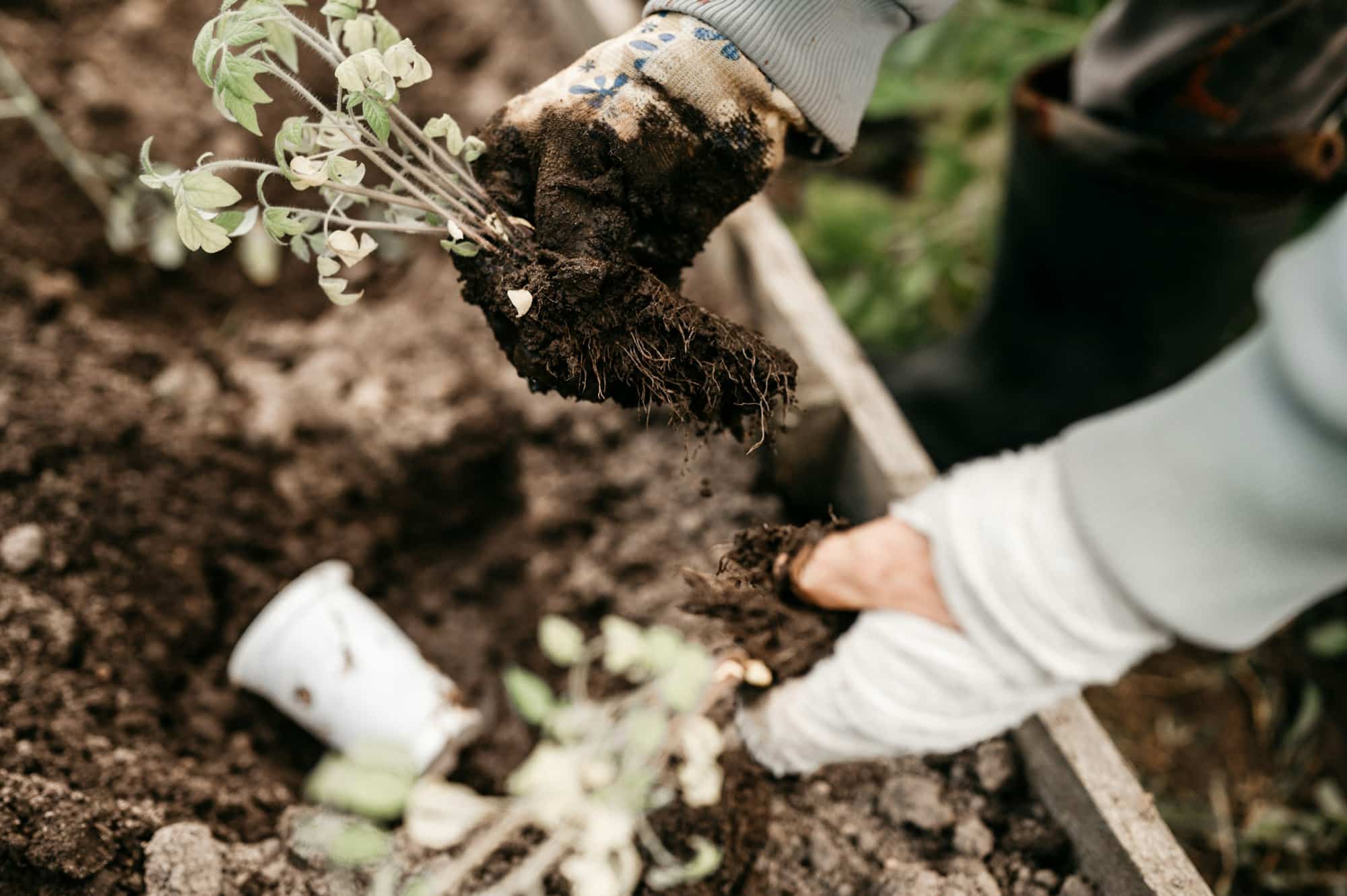How to Create a Sustainable and Self-Sufficient Urban Homestead?

Welcome, dear readers! Today, we’ve got a hot topic to discuss – a project that’s at the very heart of many green, eco-conscious communities around the globe. We’re talking about urban homesteading: the beautiful marriage between urban living and rural farming traditions. The heart of this project is the permaculture approach, the very essence of sustainable living.
What is Urban Homesteading?
Imagine waking up in the morning, stepping out onto your patio, and picking fresh tomatoes for your breakfast. That’s the beauty of urban homesteading: it brings the farm to your doorstep! The aim is to create a sustainable, self-sufficient system that provides you with your daily food needs, right in the heart of the city.
Have you seen this : How to organize a closet efficiently
Urban homesteading is no longer just about the food you eat, but also about the lifestyle you lead. You create a cycle of giving and taking from the earth, a cycle that’s beneficial for your health, your pocket, and, most importantly, our planet.
The Permaculture Approach to Urban Homesteading
The term ‘permaculture’ might sound complex, but it’s quite simple. Permaculture is a method of agriculture that mimics the natural ecosystems. It uses a lot of recycled materials and makes the most out of the available resources.
Additional reading : What Are the Best Strategies for Incorporating Smart Lighting in a Home?
The sweet spot of permaculture lies in the integration of three core aspects: care for the earth, care for people, and fair share. By applying these principles, you not only nourish your garden but also foster a strong sense of community.
Building Your Urban Food Garden
The first step towards your urban homesteading journey is creating your food garden. You might think, "I live in an apartment; how can I have a garden?" The answer is: you can have a garden anywhere! From balconies to windowsills, rooftops to small backyards, every space can be transformed into a mini-farm.
First, start with easy-to-grow plants, like tomatoes, herbs, or peppers. As your confidence grows, you can delve into more complex crops. Remember, your garden is not just about the food – it’s about the connection you create with nature, right from your urban dwelling.
The Role of the Community in Urban Homesteading
Urban homesteading is not a solitary activity. It thrives in a community setting. When your neighbours see the fresh produce you’re growing, they might want to try it too. Before you know it, your entire building or block could be involved in the project.
Creating a community of urban homesteaders fosters a sense of camaraderie and mutual support. You can share tips, tricks, and even crops, further strengthening the bond between you and your neighbours. The community aspect adds another dimension to your urban homesteading experience.
The Long-Term Impact of Urban Homesteading
Urban homesteading is not a fad. It’s a lifestyle that has far-reaching impacts on our environment, our health, and our communities. By growing your own food, you are reducing your carbon footprint, promoting biodiversity, and contributing to the local economy.
Moreover, the act of gardening has incredible therapeutic benefits. It can reduce stress, improve mood, and promote a sense of accomplishment. You see, when you plant a seed and watch it grow into a thriving plant, you are part of a miraculous process of life.
So, are you ready to step into the world of urban homesteading? Remember, it’s not a race, but a journey. Take your time, enjoy the process, and watch as your urban homestead blossoms into a sustainable, self-sufficient haven. The beauty of this project is that it gives as much as it takes – from fresh, nutritious food to a sense of community, peace, and fulfilment.
L’Architecture Urbaine Durable: l’exemple de Vincent Callebaut
L’architecture urbaine joue un rôle crucial dans le monde de l’autosuffisance et de l’agriculture urbaine. Un exemple phare est l’architecte belge Vincent Callebaut, connu pour ses projets innovants intégrant des techniques de permaculture, d’énergie renouvelable et de recyclage.
Vincent Callebaut a conçu des bâtiments combinant des serres, des éoliennes, des panneaux solaires et des systèmes de recyclage de l’eau. Ses créations, comme l’Arbre de Vie à Nantes ou la Ferme Spirale à New York, sont des exemples de comment l’architecture peut contribuer à la self sufficiency en milieu urbain.
La philosophie de Callebaut est simple : chaque bâtiment doit produire plus d’énergie qu’il n’en consomme, tout en créant un habitat propice à la croissance des plantes et à la vie communautaire. Ses projets allient l’esthétique à la fonctionnalité, tout en respectant les principes de la permaculture.
L’architecture de Callebaut est conçue pour aider les habitants à produire leur propre nourriture de manière durable, réduisant ainsi leur empreinte carbone et renforçant leur sentiment de communauté. En plus de fournir des espaces verts pour la détente et la socialisation, ses bâtiments offrent aux habitants une chance unique d’apprendre et de pratiquer l’agriculture urbaine.
Urban Gardening: Comment cultiver votre propre nourriture en ville?
La culture de votre propre nourriture en ville, appelée "urban gardening", est un élément essentiel de l’autosuffisance urbaine. Que vous viviez dans un appartement avec un petit balcon ou une maison avec un grand jardin, il est possible d’y faire pousser une variété de fruits et légumes.
Pour commencer, vous aurez besoin de quelques fournitures de base, comme des pots, du terreau, des graines et des outils de jardinage. Ensuite, il est important de choisir des plantes adaptées à votre environnement et à votre niveau de compétence. Les tomates, les herbes et les poivrons sont souvent recommandés pour les débutants.
Assurez-vous que vos plantes reçoivent suffisamment de lumière et d’eau. La plupart des légumes et des fruits ont besoin de six à huit heures de lumière solaire directe par jour. Il est également crucial de comprendre les besoins en eau de chaque plante pour éviter de les arroser trop ou trop peu.
L’une des clés d’un jardinage urbain réussi est l’utilisation efficace de l’espace. Cela peut impliquer la culture verticale, la plantation en pots ou en jardinières, ou l’utilisation de techniques comme le square foot gardening. Avec un peu de créativité, n’importe quel espace urbain peut être transformé en un jardin productif contribuant à votre self sufficiency.
Conclusion: l’autosuffisance urbaine, un mouvement en expansion
Le mouvement de l’autosuffisance urbaine gagne du terrain dans le monde entier. De plus en plus de gens cherchent à réduire leur dépendance à l’égard des systèmes alimentaires industriels et à contribuer à un avenir plus durable. Que ce soit par la création d’un jardin urbain, la participation à un projet communautaire ou l’adoption d’un mode de vie plus écologique, chaque effort compte.
L’autosuffisance n’est pas seulement une question de survie, mais aussi de qualité de vie. Elle offre l’opportunité de se reconnecter à la nature, de manger des aliments frais et nutritifs, et de tisser des liens solides avec sa communauté. En outre, elle contribue à la sécurité alimentaire, un enjeu majeur dans un contexte de changement climatique et de croissance démographique.
En fin de compte, chaque pas vers l’autosuffisance est un pas vers un avenir plus durable. Comme l’a si bien démontré Vincent Callebaut avec ses architectures innovantes, la transition vers l’autosuffisance urbaine est non seulement possible, mais elle peut aussi être esthétiquement agréable et socialement enrichissante. Alors, n’attendez plus et embarquez dans cette aventure vers une vie plus autonome et durable!
